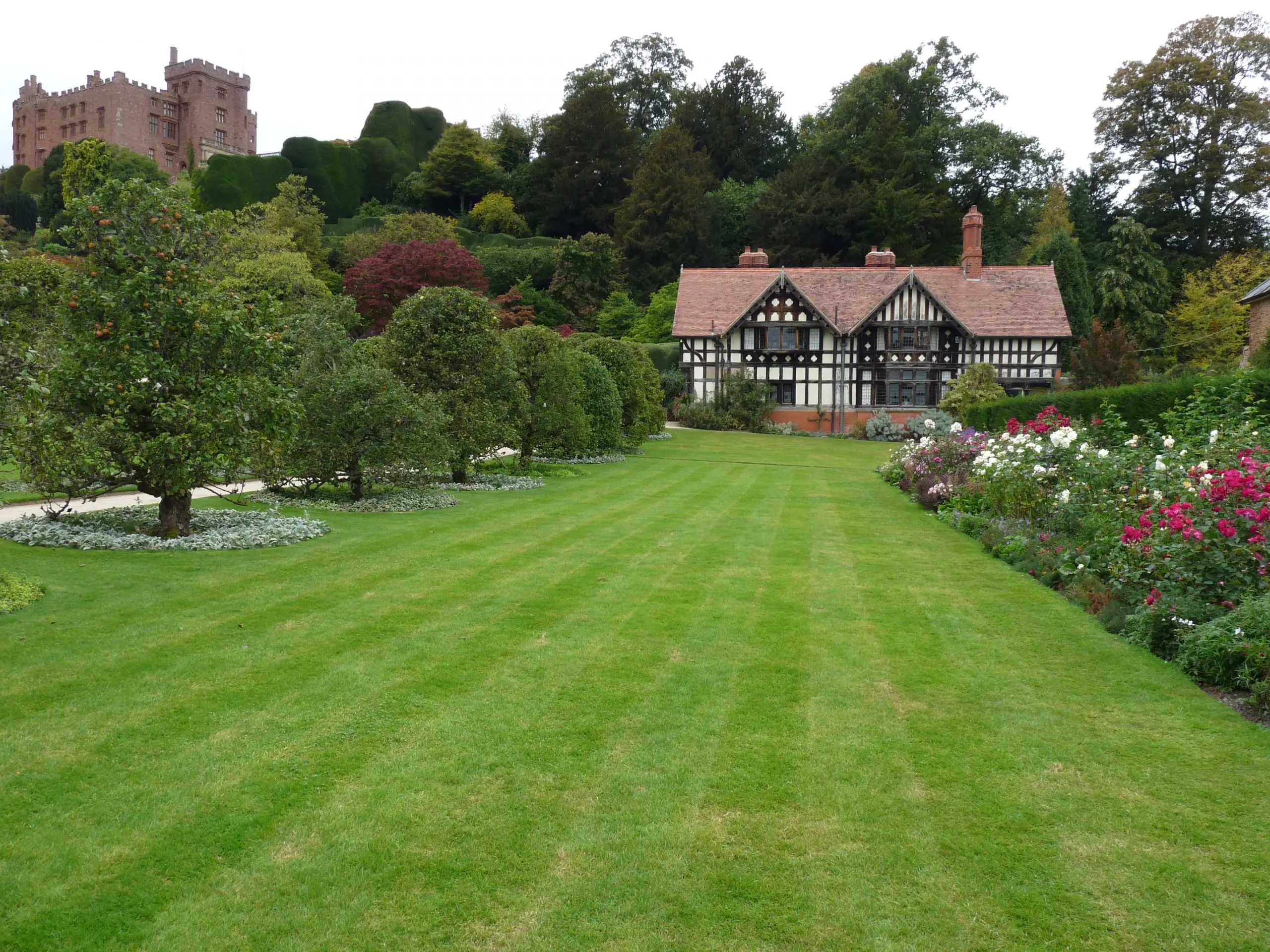Last Updated on April 4, 2024 by Real Men Sow
A well-maintained, lush lawn makes it easy to use as a backdrop for herbaceous borders and foraging grounds for birds. These are the ways to maintain an evergreen lawn care year-round.
Best Tips to Keep an Evergreen Lawn
Mow Your Lawn Regularly
In summer, your lawn should be trimmed once per week and once every two weeks in spring, autumn, and warm winters. Regular trimming will encourage roots to spread which will fill in gaps and prevent common weeds.
To make your lawn less brown in dry conditions, increase the height of the mower. Make sure your mower is well maintained and that the blades are sharp.
Weed out Your Lawn
Plantains and dandelions are flat, smothering leaves that can block growth and stunt lawn growth. However, they are easily removed with a trowel or daisy grubber. The spread of yellow medick, buttercups, and clover through lawns can be rapid. Raking before you mow your lawn can lift them into the mower blades, which can weaken and kill them.
Avoid using weed killers not just because Chemical weed killers are expensive. Using pet-friendly Weed Killer doesn’t address poor grass health which allows weeds to thrive. Using a home made weed killer would be better if you feel the need to use one.
Practice Edging Your Lawn
A lawn’s edge is what gives it its neatness and finish. To trim your lawn’s edges and prevent grass from growing in the borders, use a pair of long-handled shears. This instantly tidies up your garden and creates a satisfying end result. You can reshape the lawn where it has grown into the borders with a spade or a rake. Depending on the size of your lawn, you can choose the most suitable rakes and spades based on the ones we’ve reviewed.
Feed your lawn
Regular lawn care is essential to keep it looking great. A wheeled lawnmower is a great investment if you have a large lawn. It can do the job quickly and accurately. You should apply fertilizer to your grass when there is a chance of rain. This will ensure that the fertiliser gets to the roots, and it doesn’t burn the leaf blades. Organic fertilisers are better for long-term lawn health than chemical ones. You may also water the fertiliser with a hose if it doesn’t rain. Within a week, your grass will be greener. Most lawns need to be fed in the spring and summer.
Fill the Bare Lawn Patches
It’s better to sow grass seed on top of the raked soil than to let bare spots ruin your lawn’s appearance. You can also make fillers out of unused turf. After reshaping your lawn, take the strips out and place them 5cm apart on a compost-filled seed tray. Then, grow them outdoors or in a cold frame.
You can replace the bare patch by cutting out a rectangle or square around it. Then, with a hand trowel, dig the soil from the rectangle to the desired depth. Lay the turf over the patch, cutting it to size. You should firm it down so there are no gaps. Your new turf will not be higher or lower than your current lawn.
How Much Should You Water Your Evergreen Lawn?
Young lawns should be watered regularly, but not too much. This can cause them to root poorly and become shallower. Rainwater, grey water or water from the bath can be used whenever possible. Sprinklers can be used to keep lawns hydrated, but they require a lot more mains water and are prohibited during a hosepipe ban. It doesn’t matter if your lawn turns brown, and remember that it will become green again when it rains.
Relieve Compacted Grass
Compacted ground can prevent grass from growing well. Leaving them can cause bare patches in summer and mud baths during winter. You can loosen the soil and remove the compaction by digging a garden fork into the soil about 10 cm deep every 10 cm and gently rocking the handle. The prongs allow the soil to breathe, which encourages the grass to grow again.
To improve drainage and prevent compaction on heavy soils like clay, brush sand or finer horticultural grind into the holes.

